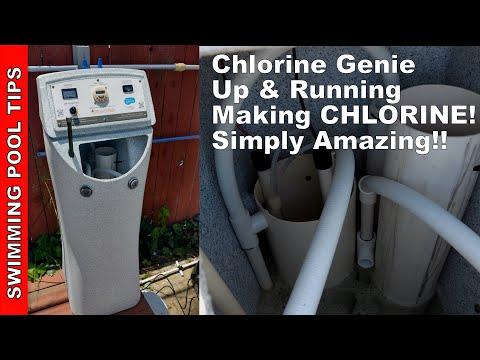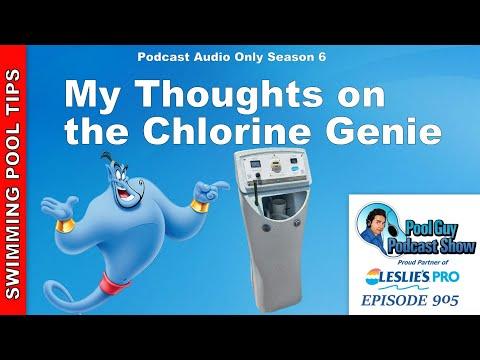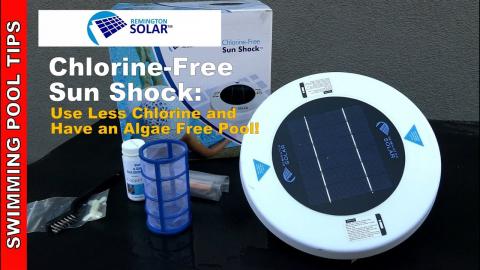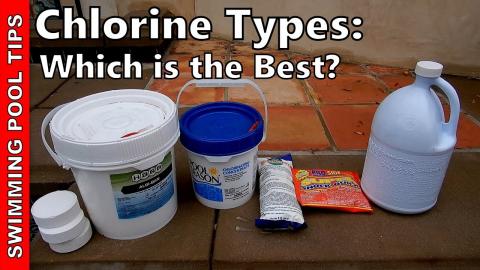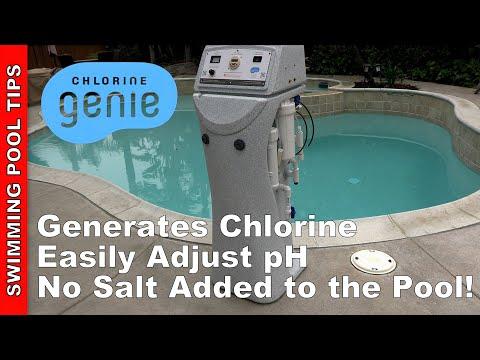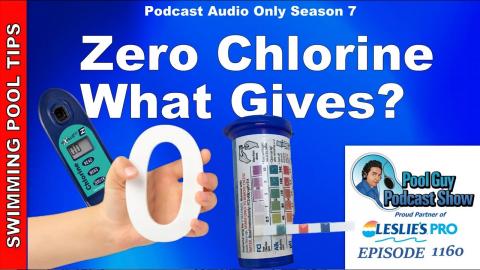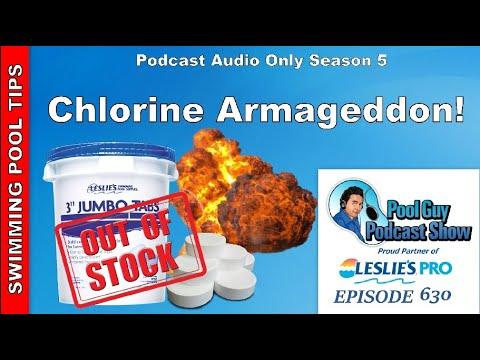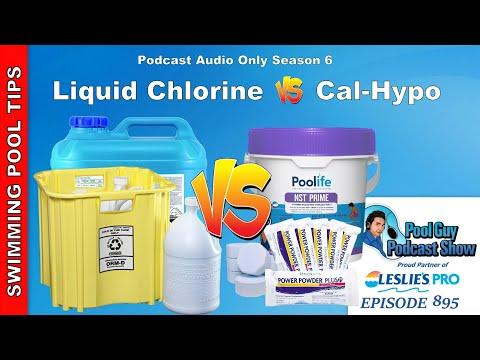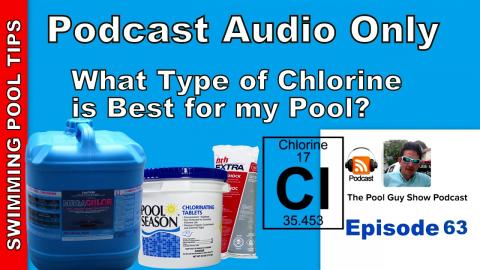ADD MORE Chlorine Bro!
Description
If you're having trouble cleaning up a green pool or curing a pool with algae, the answer could simply be to add more chlorine. This may not be the problem but in many cases, you are just not bringing the Free Chlorine level up to a high enough PPM. Technically by adding more chlorine you can solve many lingering pool water quality issues.
Chapter Marks:
00:00 Intro
00:59 Don't Waste Chlorine
01:45 The mistakes I made
03:30 HASA Algi-Ban
05:22 Raise to 30 ppm-50 ppm
07:00 CYA to FC Level
09:20 Green Pool Scenario
11:31 Poor Filtration
13:35 High Bather Load
14:40 Combined Chlorine
15:53 Longer Run Time
17:04 Take Issue Seriously
The sweet spot in terms of ppm varies per pool. A good rule of thumb is that you will want to bring the chlorine level up to 30-50 ppm and keep it there until the pool issue you are trying to cure is gone. Whether that be a green pool, a pool full of mustard or yellow algae, or a pool that is cloudy and has a high amount of Combined Chlorine. I term this process “Shock and Awe” and other forums like TFP call it the “Slam Method.” Regardless of the name, adding the correct chlorine level is crucial.
Bob Lowry came up with a formula that states that a pool’s FC level needs to be at 7.5% of the pool’s CYA level to be effective against algae and bacteria. So if the pool CYA level is at 100 ppm your FC level needs to be at 7.5 ppm to even begin to prevent algae growth. If that pool has an FC level of 3 ppm that will not be enough chlorine to prevent algae and certainly not enough to clear up the algae. You also want to keep the chlorine level elevated until the problem clears up.
That leads to another issue as well. If you raise the pool’s FC level to 30 ppm in the case of a green pool and let the chlorine level get to zero again before the pool is cleared up, you will not be successful in turning that pool around. On the flip side, if you keep the FC level up for 4 days in that green pool at 30 ppm, chances are by the 3rd or 4th day that pool will be returning to a semi-blue and clear state.
Not to oversimplify things but adding the right amount of chlorine or more chlorine will cure many water quality issues. The other parts of this equation are circulation and filtration. If you run a 20,000-gallon pool for 2 hours a day in the peak of Summer it will turn cloudy or green on you. Even with a proper amount of chlorine. If you run that same 20,000-gallon pool 15 hours a day but the filter is dirty or has bad filter grids or cartridges the pool may still turn on you, even with the proper FC level. The chlorine level is just one of the three factors in the water quality equation, a very important factor.
You can stretch the pool’s chlorine level out with the following products.
Phosphate and Enzymes:
This one-two punch can be highly effective in allowing the chlorine to work in the pool on the things it was intended to and not be “used up” by phosphates and non-living organics.
Enzymes break non-living things down into smaller and smaller bits. Many non-living things are in pool and spa water; body oils, sweat, cosmetics, and sunscreens to name a few. This frees up the chlorine to work on the things it was intended to fight like viruses and bacteria instead of being wasted on these non-living organics.
Phosphates are food for algae and by eliminating them from the water you eliminate at least one major food source for algae. This will prevent algae growth which is a big reason why the chlorine level drops rapidly in some pools.
PoolRX and Mineral Systems:
PoolRx is a Mineral Technology that does two very simple things when used in your pool or spa; it eliminates all algae and will allow you to use less chlorine during the pool season. The active ingredient is Copper Sulphate Pentahydrate (chelated).
By eliminating algae growth the chlorine is automatically freed up and will last longer in a pool. Mineral technologies like the Frog and Nature2 also use minerals (metals) to prevent algae.
Borates:
Boric Acid is a known Biostat. This prevents the algae cell from forming and multiplying. Thus, a pool with a Borate level between 30-50 ppm will prevent algae growth. Since borate prevents the algae cell from growing, algae blooms will be a thing of the past.
Visit my Website: http://www.swimmingpoollearning.com/
eBook: https://www.swimmingpoollearning.com/swimming-pool-care-ebook
YouTube Video Index: http://poolmandave.blogspot.com/2014/03/swimming-pool-tips-reviews-how-to-video.html – A list of all of my videos.
Blogger: http://poolmandave.blogspot.com/
Join me on Patreon: https://www.patreon.com/poolguycoaching
Podcast: http://www.buzzsprout.com/110832
Shop at Leslie's: Leslie’s Pool Supplies has been do-it-yourselfers and pool trade professionals trusted partner since 1963, providing quality products and services to make pool care easy and solutions and expertise to do it right. http://lesliespool.com/?utm_medium=referral&utm_source=spll&utm_campaign=spll


